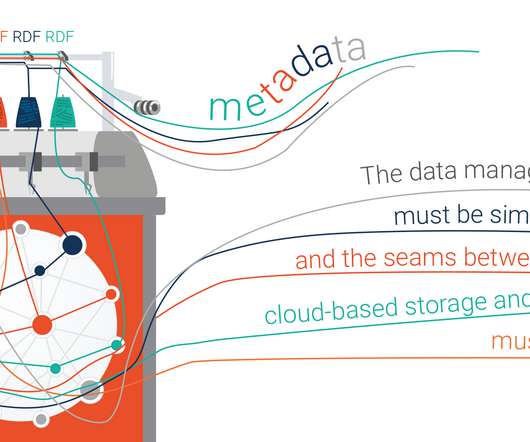Unlocking the Power of Better Data Science Workflows
Smart Data Collective
MARCH 13, 2020
The better strategy is to demarcate each data science project into four distinct phases : Phase 1: Preliminary Analysis. Phase 3: Data Visualization. With the data analyzed and stored in spreadsheets, it’s time to visualize the data so that it can be presented in an effective and persuasive manner. Phase 4: Knowledge Discovery.














Let's personalize your content